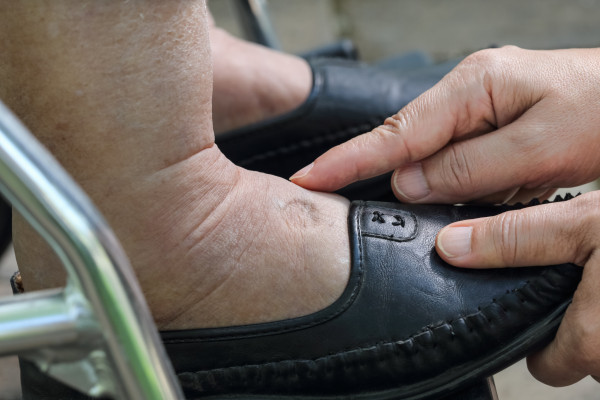Lymphedema, what can we do?
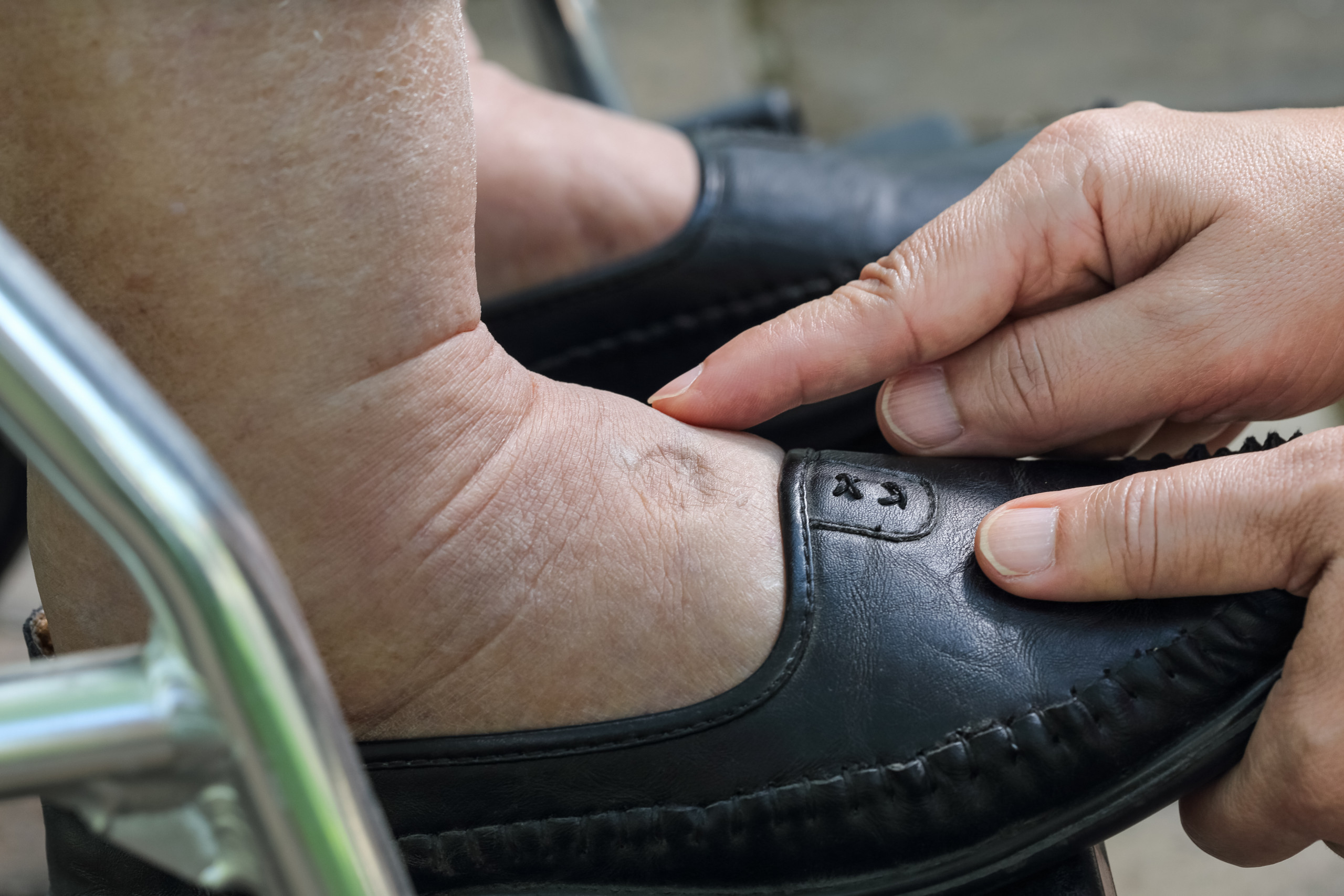
- Do you have persistent, asymmetric swelling in one or more limbs?
- Is the affected limb painless but feels tight?
- Have you undergone cancer treatment or surgery where you had to have lymph nodes extracted?
- If so, your lymphatic system may be compromised and you may have developed lymphedema.
What is Lymphedema?
Lymphedema is a chronic condition characterized by the accumulation of lymphatic fluid in the tissues, leading to swelling, usually in the arms or legs. It causes swelling in one or more limbs. It occurs when the lymphatic system, which is responsible for draining excess fluid from the body, is compromised or damaged. Women are six to ten times more likely than men to develop primary lymphedema.
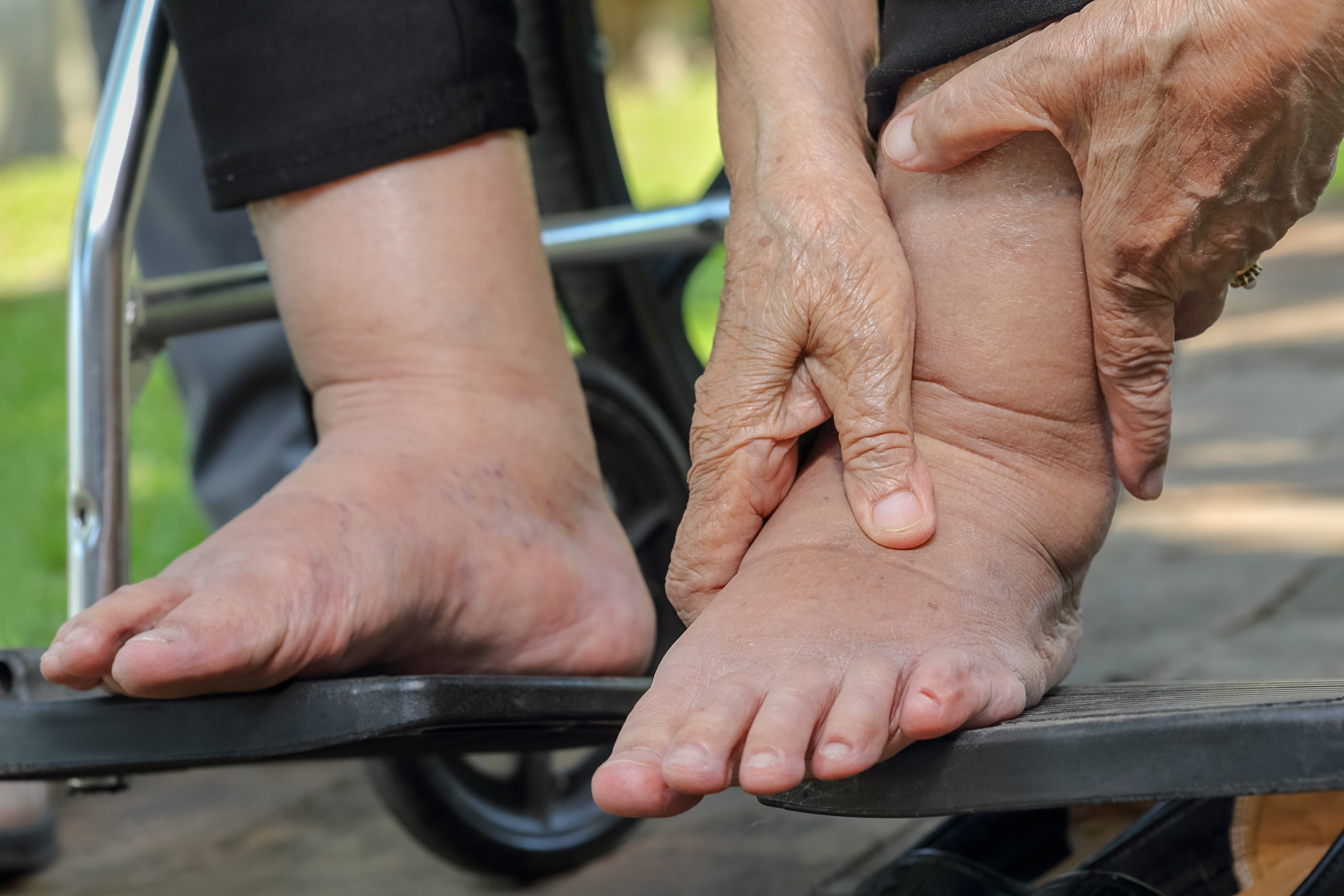
The following factors may be responsible for the development or worsening of existing lymphedema or may contribute to the development or worsening of lymphedema:
- Surgery (removal of lymph nodes, e.g., cancer treatment) that may cause trauma that damages the lymphatic system
- Radiation and chemotherapy to treat cancer
- Serious infections of the skin or lymphatic vessels (lymphangitis, cellulitis, salpingitis, infection with parasitic filarial larvae visible with a microscope)
- Obesity
- Chronic venous insufficiency
How is lymphedema treated?
While there is no cure for lymphedema, several treatment options can help manage the condition and alleviate symptoms:
- Skin Care: Proper skin care is crucial to prevent infections. This involves keeping the skin clean, moisturized, and protected from cuts or injuries.
- Lifestyle Measures: Individuals with lymphedema are often advised to take certain precautions and lifestyle measures, including:
- Maintaining a healthy weight to minimize strain on the lymphatic system.
- Practising good hygiene and avoiding activities that may lead to skin infections or injuries.
- Elevating the affected limb to reduce swelling.
- Avoid tight clothing or jewellery that may constrict lymph flow.
- Seeking prompt medical attention for any signs of infection or worsening symptoms.
- Complete Decongestive Therapy (CDT): CDT is a comprehensive treatment approach that combines several techniques:
- Manual Lymphatic Drainage (MLD): Gentle massage techniques to stimulate lymph flow and redirect fluid to healthy lymphatic pathways.
- Exercise: Specific exercises and movements can promote lymphatic flow and improve muscle strength.
- Compression Therapy: Wearing compression garments or bandages helps reduce swelling and supports the affected limb.
GZ Longest has two compression therapy machines that make lymphedema management easier, convenient, and cost-effective.
Air Compression Therapy Device LGT-2200SP for home-use
LGT-2200SP is a home-use compression therapy device that makes effective lymphedema treatment available at home. It allows patients to receive regular treatments conveniently in the comfort of their own homes, which eliminates the need for frequent visits to healthcare facilities for manual lymphatic drainage (MLD) or compression bandaging sessions, saving time and effort. Besides, the device not only benefits the patient but can be used by other family members to maintain good vascular health and relax and rejuvenate the body after a long day of work. It is a trendy household healthcare device with tremendous therapeutic benefits that improve well-being and quality of life for the whole family.
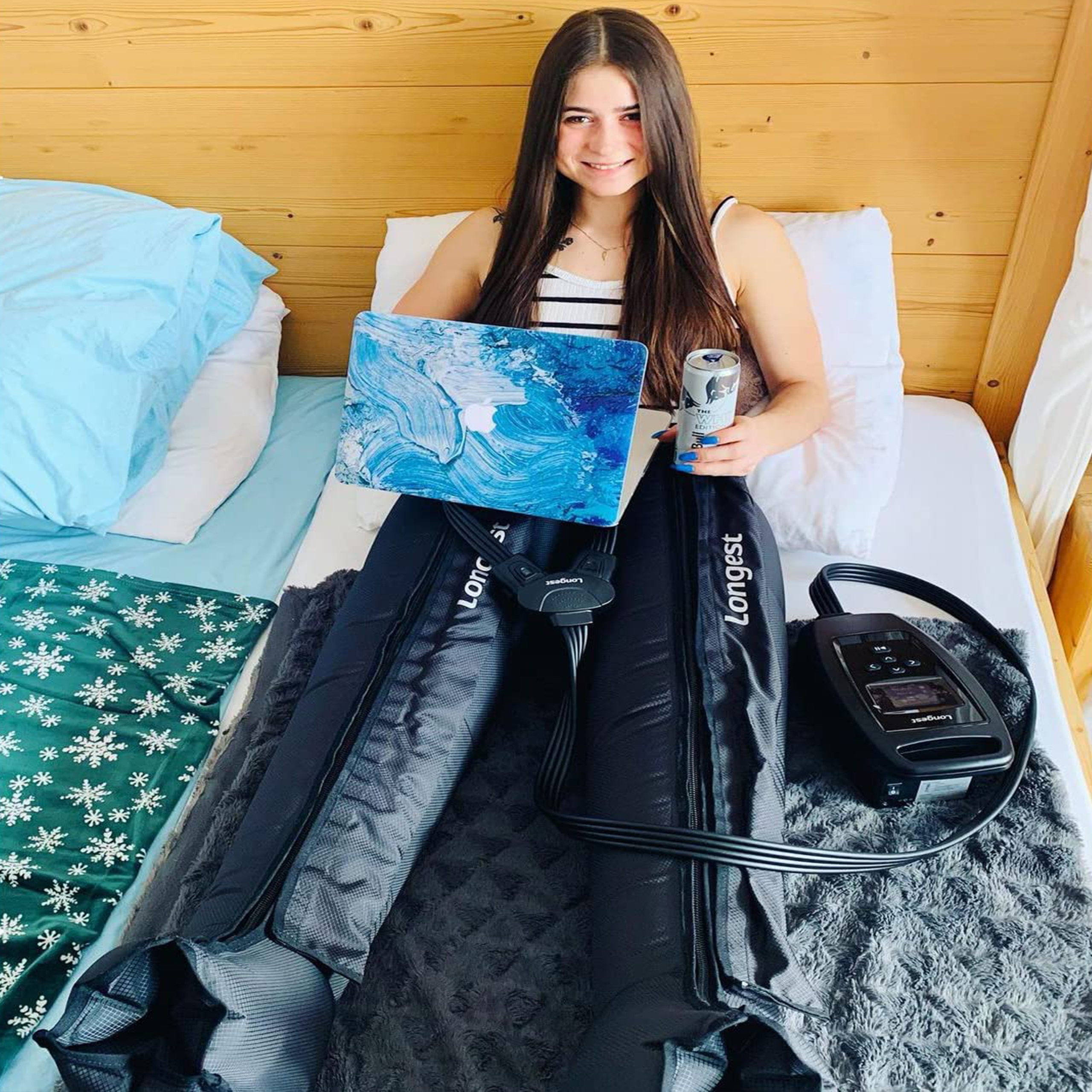
Air Compression Machine for Clinics LGT-2200WM
LGT-2200WM is a 4-channel pressotherapy machine designed for clinics and wellness centres to simplify the workflow of lymphedema treatment, improve productivity, and provide patients with a more satisfying experience. The device is easy to set up with an intuitive interface and 8 preset compression modes. The 4-channel design enables simultaneous treatment of 2 people, improving efficiency and increasing productivity. The full-body compression garment has 3 layers of zippers and an expander to fit people of different sizes. It is a perfect option for physiotherapy clinics, wellness centres, and aesthetic clinics to improve operational, clinical, and financial outcomes.
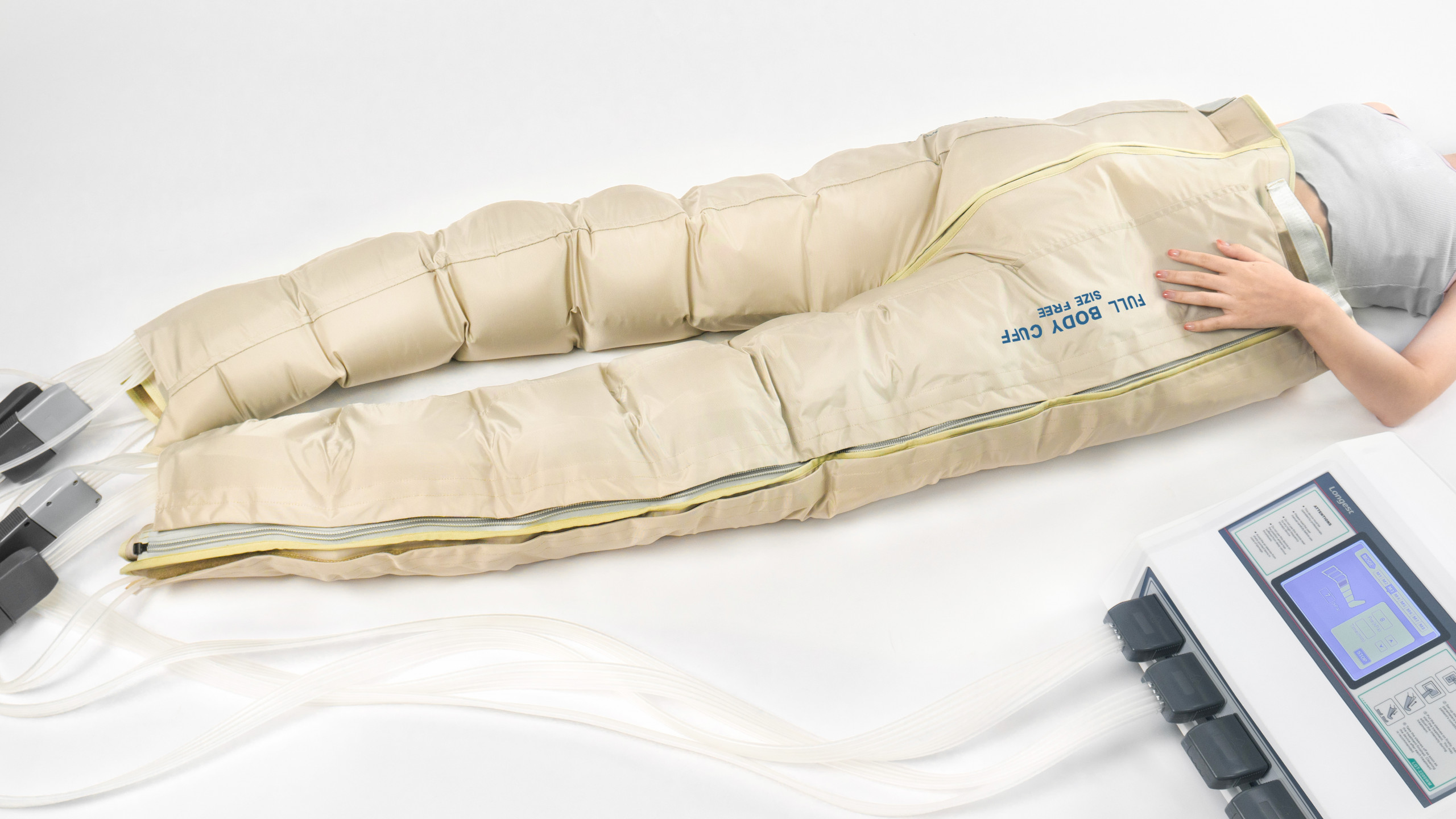
- Surgical Interventions: In severe cases of lymphedema, surgical options such as lymphatic bypass or lymph node transplantation may be considered. These procedures aim to improve lymphatic flow and reduce swelling.
It’s important for individuals with lymphedema to work closely with healthcare professionals, including lymphedema therapists, to develop an individualized treatment plan based on their specific needs and circumstances.


